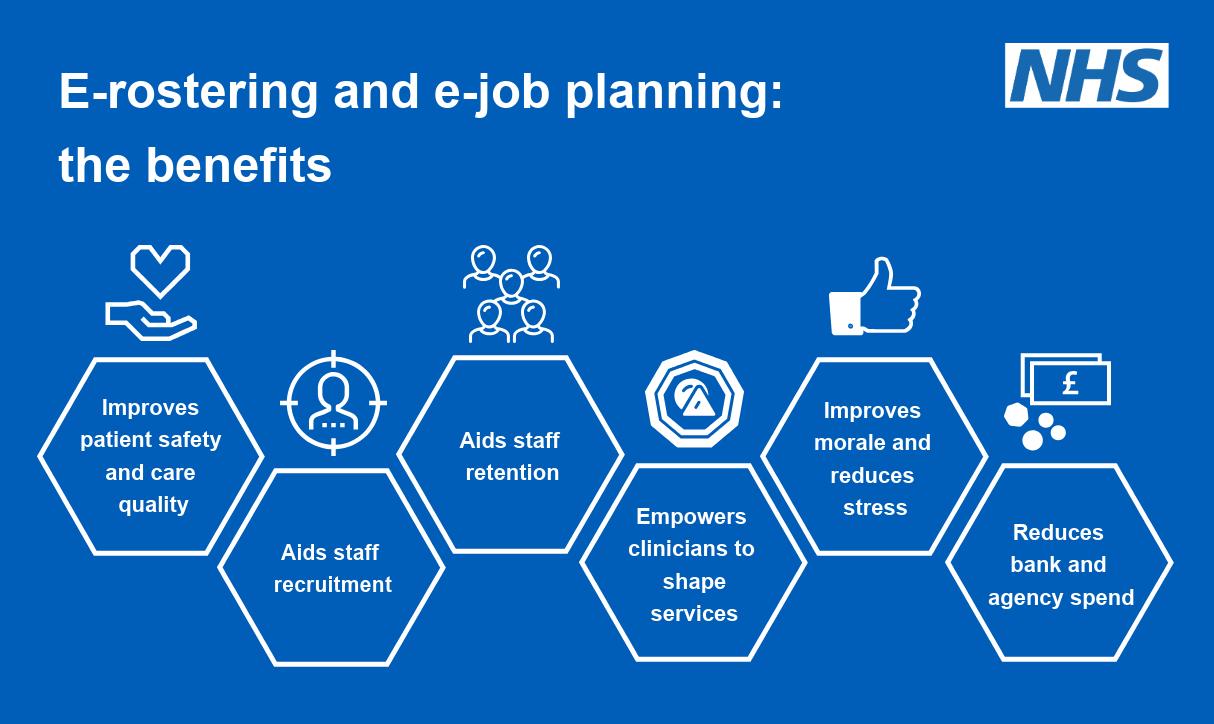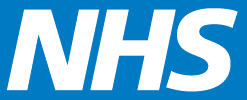In our latest blog, Project Manager Liz Bolton-Speight shares how WYAAT is enabling trusts to better understand their workforce capacity  and availability and plan their patient services more effectively.
and availability and plan their patient services more effectively.
The challenge
Our programme works with acute and community trusts across the West Yorkshire and Harrogate Health and Care Partnership to support the appropriate allocation of the workforce to provide efficient patient services through the use of eRostering and eJob Planning.
eRostering ensures the workforce are appropriately allocated to provide efficient and quality patient care. eJob Planning is a digital prospective professional agreement detailing how much of a clinician’s time is spent on direct clinical care, supporting professional activities and other NHS or external responsibilities. The goals of our programme are to:
- Understand the capacity of our workforce
- Identify collective challenges and opportunities
- Ensure the most effective use of our resources to meet the needs of patients within the region now and in the future
For some workforce groups e.g. staff who work exclusively in one clinical area (ward based staff or doctors in training), eRostering alone is sufficient because the service requirements for clinical capacity are well defined. However, for other workforce groups; Allied Health Professionals (AHPs), consultants and other senior clinicians, eJob Planning enhances eRostering and allows it to be used to its maximum potential, enabling a trust to better understand its workforce capacity and availability and plan their patient services more effectively.
Ultimately, the increased visibility of our substantive and locum workforce will improve our ability to reduce our reliance on agency locums. This improves patient continuity of care, whilst reducing overall cost.
The plan
- To implement an integrated eRostering and eJob Planning solution supporting individual trust workforce strategies as well as progressing through the Levels of Attainment and Meaningful Use Standards introduced by NHSE/I in 2019

- Support advanced and activity based eRostering for medical workforce allowing tracking of individual clinical activities against capacity planning
- Allow multi-disciplinary activity planning for example in theatres
- Support eJob Planning for both medics and AHPs within the region
As Project Manager for WYAAT my role is to manage the procurement of the software, to ensure the preferred supplier offers the best technical capability to meet the contract whilst providing value for money and provide central project management and governance support to the trusts within West Yorkshire and Harrogate to mobilise and deliver this programme of work.
Successes
Some WYAAT trusts already had eRostering partially embedded in their organisations with either nursing staff or doctors in training, so these systems are already known within the NHS and these staff are used to managing their availability via an App. We were fortunate to be the only Health and Care Partnership awarded national capital funding for this programme. This presented an opportunity to build on our collective knowledge, experience and share learning across the Partnership.
I joined WYAAT at the beginning of lockdown and my initial task of getting round the region and meeting all the trusts in this programme was suddenly no longer possible. The procurement process therefore had to be conducted remotely, including the initial evaluation of supplier technical specifications and subsequent presentations. The trust project teams have really come together to support procurement activity and delivery planning in the midst of preparing for potential future waves of Covid-19.
Final thoughts
Our trust project teams have fed back that during the pandemic there has been greater desire to use this technology than ever before by their clinical and operational teams who need to see their workforce capacity at a glance, have the potential to redirect staff to cover other areas and report on absences.









